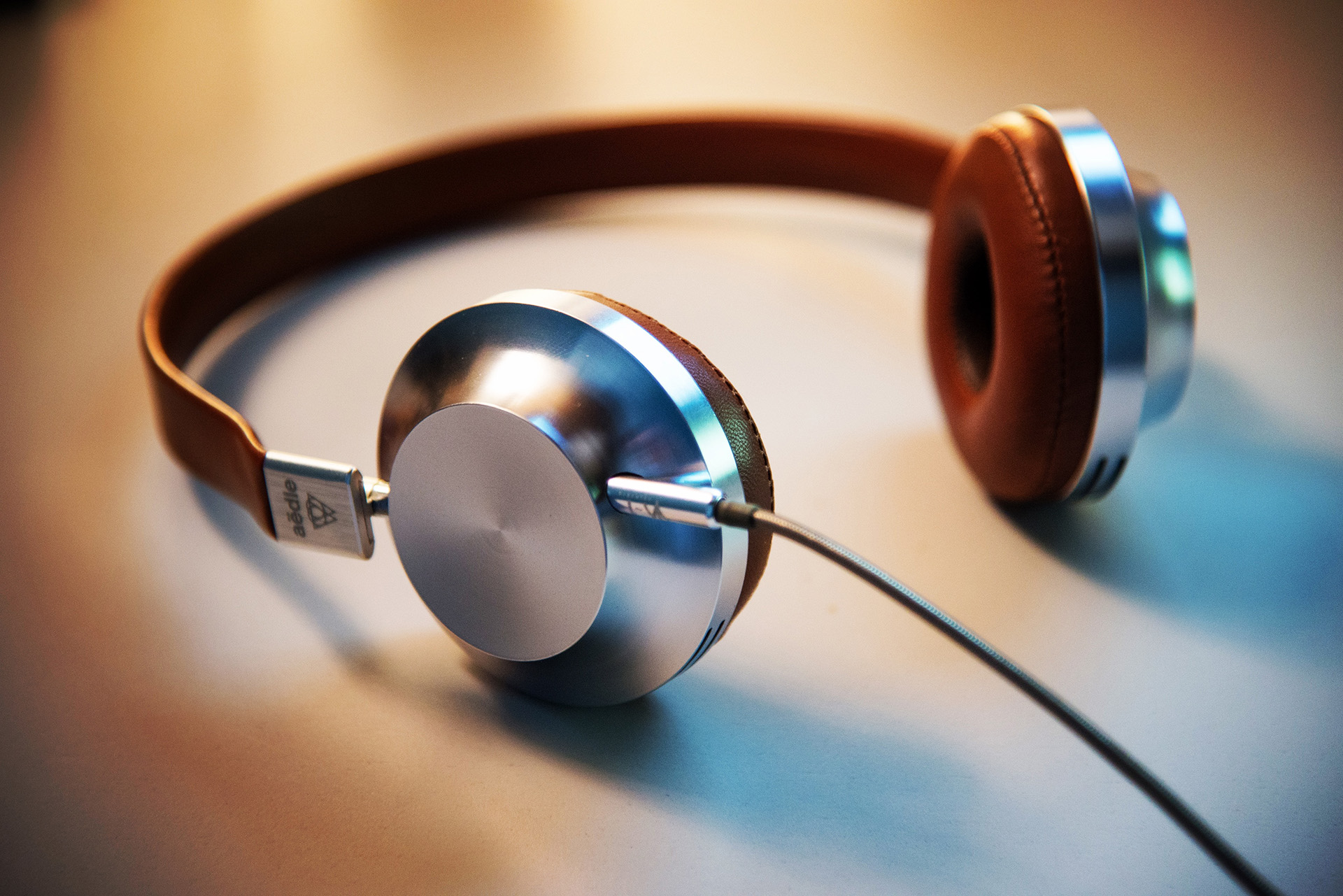
Does Music at Work Help or Hinder?
Strategically crafted, Music Branding in the corporate environment can amplify employee productivity, creativity, and mental well-being.
The influence and power of sound have been explored in several of our previous blog posts, whether as a tool to enhance narratives, foster customer loyalty, or even boost sales. However, sound also plays a pivotal role in the personal management of businesses. Numerous studies indicate that having music in the workplace is a means to enhance employee well-being and productivity. Let’s dive deeper into this subject.
When thoughtfully curated, the musical ambiance in the workplace can enhance the brain’s stimuli responsible for the feeling of happiness. According to an article published in the Nature Neuroscience journal, volunteers who listened to music they enjoyed experienced a 9% increase in dopamine levels, the hormone responsible for pleasure and euphoria.
We touched upon this topic when we discussed how Music Branding isn’t confined to a company’s physical stores alone. Besides its impact on customer relations, it can assist in personnel management and be integrated into the workplace, whether in the headquarters, offices, elevators, internal or external events, and digital platforms.

“Music can stimulate dopamine in the brain. This hormone affects the frontal cortex, which is responsible for planning, organization, impulse control, and attention,” explained Merriam Saunders, a psychotherapist and professor at the Dominican University, when discussing the positive effects of music in the workplace.
One area where science has yet to reach a consensus is whether a particular type of music can have a negative or positive influence on a group of people. Some studies suggest that songs without lyrics or classical music with purely instrumental compositions are more effective in maintaining a team’s concentration, while highly energetic songs with lyrics might have the opposite effect. Additionally, personal taste plays a significant role in an individual’s perception of the music.
Nonetheless, there is a plethora of scientific studies that confirm the positive effects of music in the workplace. Here are a few examples:

Increased Productivity
Another study conducted by Teresa Lesiuk, at the University of Windsor in Canada, discovered that employees working with background ambient music performed better, with increased productivity and creativity compared to those without background music. The study also indicated that music played collectively in shared spaces, rather than just through individual headphones, encouraged positive breaks for decision-making, boosting the team’s energy and mood.
Stress Reduction
No matter how passionate employees are about their work, stressful situations are inevitable in daily routines and can negatively impact performance throughout the day. With an increased focus on mental health post-pandemic in 2020, more companies have sought ways to support their employees’ well-being, and music is an excellent means to achieve this.
Soothing melodies and slow rhythms have the power to calm the mind, as we have previously mentioned. According to a study led by psychologist Domenico Sanseverino, at the University of Turin in Italy, the use of music in the corporate space can improve the mood, satisfaction, and overall well-being of employees, equipping them with better tools to handle work-related stress.
Combating Isolation and Building Emotional Bonds
It may seem cliché, but music is a universal language through which we can strengthen bonds and feel connected to others. In the workplace, these interpersonal relationships are fundamental to promoting teamwork and overall health, especially when dealing with often exhausting schedules. Some studies suggest that listening to music for at least 78 minutes daily already has positive effects on your health and mood.
Are you intrigued to learn how Music Branding can enhance your company’s employees’ performance? Or do you have other questions regarding the power of sound and how it can align with communication strategies for your brand? Then, feel free to drop us a message at Zanna Sound!


Next article
3D Audio: The Sonic Immersion of the Future in Music, Cinema, and Games
Discover the 3D audio revolution, the innovative technology captivating the music, cinema and game market.
Read more